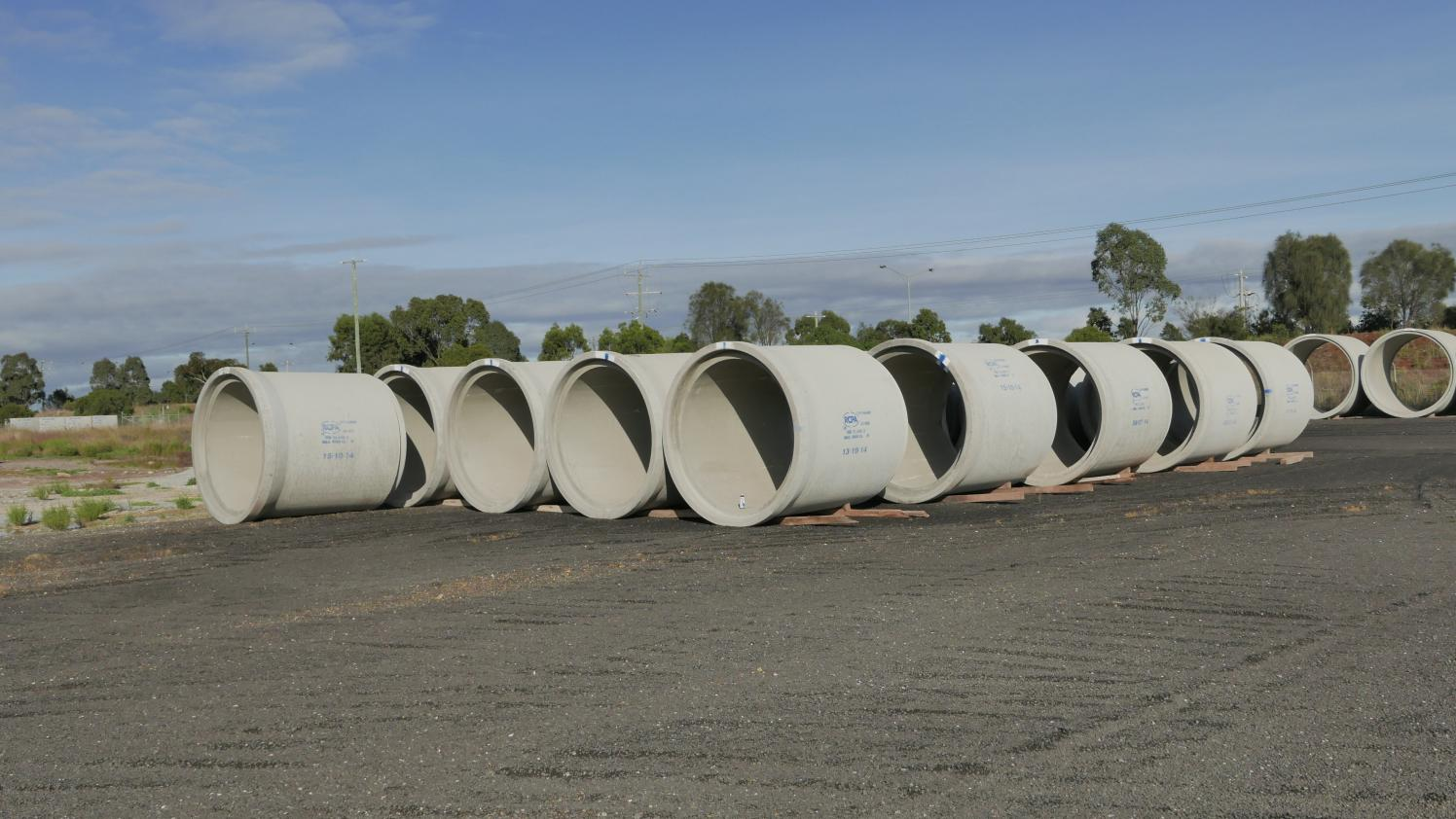- Afrikaans
- Albanian
- Amharic
- Arabic
- Armenian
- Azerbaijani
- Basque
- Belarusian
- Bengali
- Bosnian
- Bulgarian
- Catalan
- Cebuano
- China
- China (Taiwan)
- Corsican
- Croatian
- Czech
- Danish
- Dutch
- English
- Esperanto
- Estonian
- Finnish
- French
- Frisian
- Galician
- Georgian
- German
- Greek
- Gujarati
- Haitian Creole
- hausa
- hawaiian
- Hebrew
- Hindi
- Miao
- Hungarian
- Icelandic
- igbo
- Indonesian
- irish
- Italian
- Japanese
- Javanese
- Kannada
- kazakh
- Khmer
- Rwandese
- Korean
- Kurdish
- Kyrgyz
- Lao
- Latin
- Latvian
- Lithuanian
- Luxembourgish
- Macedonian
- Malgashi
- Malay
- Malayalam
- Maltese
- Maori
- Marathi
- Mongolian
- Myanmar
- Nepali
- Norwegian
- Norwegian
- Occitan
- Pashto
- Persian
- Polish
- Portuguese
- Punjabi
- Romanian
- Russian
- Samoan
- Scottish Gaelic
- Serbian
- Sesotho
- Shona
- Sindhi
- Sinhala
- Slovak
- Slovenian
- Somali
- Spanish
- Sundanese
- Swahili
- Swedish
- Tagalog
- Tajik
- Tamil
- Tatar
- Telugu
- Thai
- Turkish
- Turkmen
- Ukrainian
- Urdu
- Uighur
- Uzbek
- Vietnamese
- Welsh
- Bantu
- Yiddish
- Yoruba
- Zulu
Dek . 09, 2024 21:02 Back to list
Exploring the Benefits of High-Quality Lost Wax Casting Techniques for Precision Artistry
The Art of High-Quality Lost Wax Casting A Timeless Technique with Modern Applications
Lost wax casting, also known as investment casting, is a process that dates back thousands of years. It is one of the oldest methods of metal casting, with origins traced back to ancient civilizations such as the Egyptians and Mesopotamians. Today, this technique is experiencing a renaissance, particularly with the emphasis on producing high-quality, intricate designs that meet the demands of various modern industries.
At its core, the lost wax casting process involves creating a wax model of the desired object, encasing it in a mold, and then melting away the wax to create a cavity for molten metal. This method is lauded for its ability to reproduce highly detailed designs, making it ideal for crafting everything from jewelry to intricate sculptures to industrial components.
The Process Explained
1. Creating the Wax Model The first step involves sculpting a model of the desired object using wax. This model is produced with extreme precision, taking into account all the fine details that need to be replicated in the final product.
2. Mold Making The wax model is then coated with a fine layer of a refractory material, which is typically a ceramic slurry. Once this layer dries, additional layers of the material are added to build a sturdy shell around the wax model. This shell will later serve as the mold for the molten metal.
3. Wax Removal The mold is heated to melt the wax, allowing it to drain away – hence the name lost wax. This process can also harden the mold shell, making it ready for the next step.
4. Metal Pouring With the wax gone, the mold cavity is revealed. Molten metal, which has been heated to its casting temperature, is poured into the mold, filling the empty space.
5. Cooling and Finishing Once the metal has cooled and solidified, the mold is broken away, revealing the final cast object. This piece might require additional finishing processes, such as polishing, plating, or assembling with other components.
high quality lost wax wasting

The Advantages of Lost Wax Casting
One of the key advantages of lost wax casting is its ability to create extremely complex shapes that would be challenging or even impossible to achieve with traditional machining or other casting methods. Additionally, it allows for a high level of design flexibility, making it suitable for both small-scale artisanal production and large-scale industrial manufacturing.
Moreover, lost wax casting can accommodate a wide range of metals, including gold, silver, bronze, and even high-performance alloys, which makes it invaluable in industries such as aerospace, automotive, and medical device manufacturing. The precision and quality achieved through this method are often superior to those produced by other techniques, leading to fewer defects and less waste material.
Modern Adaptations and Applications
As technology advances, so does the lost wax casting process. Modern advancements, such as 3D printing, have been incorporated into the initial stages of wax model creation, allowing for even greater precision and complexity in design. Designers can now create intricate geometries that were difficult to imagine just a few decades ago.
This method has found numerous applications beyond traditional art and jewelry. In the medical field, high-quality castings are used to create surgical implants and tools that require exact specifications. In the aerospace sector, lost wax casting is used to manufacture critical engine components that must meet stringent safety and performance standards.
Conclusion
Lost wax casting represents a bridge between ancient craftsmanship and modern technology. Its continued evolution demonstrates the enduring appeal of this technique in producing high-quality, intricate designs that are both functional and aesthetically pleasing. As industries continue to push the boundaries of innovation, lost wax casting stands ready to meet the challenges of the future, ensuring that this age-old art form remains relevant in the contemporary world. Whether in a jewelry workshop, an industrial plant, or the hands of a skilled artisan, the legacy of lost wax casting will surely continue to thrive.
-
Custom Room Heating Heat Exchangers Energy-Efficient Solutions
NewsMay.18,2025
-
Precision Milling Body Casting Solutions Custom & ODM Options
NewsMay.18,2025
-
Custom Cast Silicon Aluminum Heat Exchanger for Hot Water Boiler High Efficiency
NewsMay.18,2025
-
Premium Custom & ODM Vehicle Parts Bulk Order Deals
NewsMay.17,2025
-
Custom Commercial Hot Water Heat Exchangers High-Efficiency Solutions
NewsMay.17,2025
-
Custom Fibre Reinforced Concrete Pipe Bottom Ring Moulds – Buy Durable Solutions
NewsMay.17,2025


